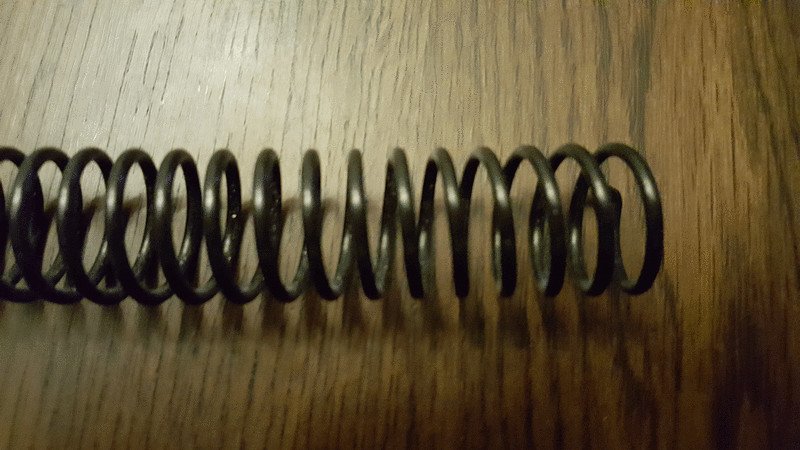I think some of you you are missing an important point. Yes plastic springs are possible, but not very practical if they must endure a sustained load. The OP never tells us how the spring is loaded, or what the product is, or it's expected life. But his comment about a higher modulus suggests he's aware of isocronous stress strain curves and their use in designing for a sustained load. Plastic creeps under sustained load at room temperature. More correctly in this case, if the spring is loaded to a constant deflection, the load will decrease, which is stress relaxation. A polymer is a living thing. The molecules are vibrating, trying to get to their lowest energy state. There are conformational changes, one molecule moving with repsect to another. These happen at a very slow rate because the molecules must overcome energy barriers for the changes to take place, and randomly in all directions, so the polymer does not change shape. But if the polymer is loaded, the rate of these conformational changes increases in proportion to the load intensity, and the energy barriers are decreased in the direction of loading and increased in the opposite direction, ie no longer random in all dimensions. The result is a change in shape. Apply a small load for a long time and you get creep. Apply a high load for a short period of time, and you get yield. It is essentially the same process played out on different time scales. You can change the rate by adding fillers or reinforcing fibers, or crosslinking the polymer chains, or increasing the degree of crystallinity, or choosing a polymer with more aggressive inter molecular bonds. But it still creeps. So a slinky that sits in a toybox unloaded until a kid pulls it out to play with it works fine. And a plastic leaf spring that is more carbon fiber than plastic works fine. BTW, the plastic in the spring is not a thermoplastic, but more correctly a thermoset with a very high cross-link density, which largely prohibits the conformational changes mentioned above.
Rick Fischer
Principal Engineer
Argonne National Laboratory


